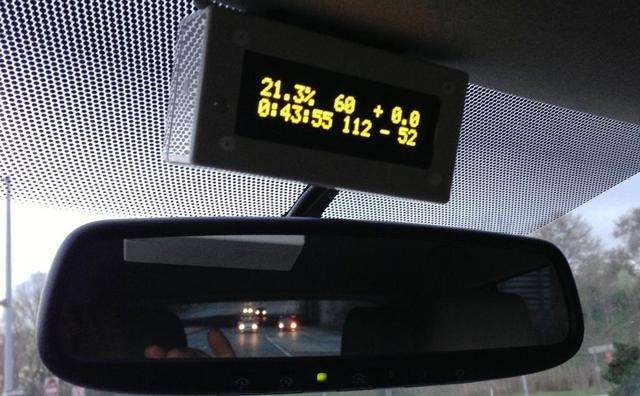Luft said:
How many gids per KWh?
A new fully charged battery pack holds 281 gids. Does that represent the usable 21 KWh or the maximum 24 KWh?
I'm thinking that the 281 number is based off of the usable KWh in a fresh fully charged pack which would make it about 13.4 gids per KWh but I want to be sure.
Thanks.
300 Gids represents 24kwh, since each Gid unit is 80 wattHours stored. When you consume those Gids, the value is about 76 wattHours each. That 76 value per Gid will decrease with temperature below 70F degrees, plus the sensors themselves have a hard time being accurate with temperature change. In addition, the total quantity of Gids at a full charge will decrease with degradation over time, cycles, exposure to heat, depth of discharge, time left at high states of charge, etc.
281 Gids is a fully charged, new condition LEAF battery, or about 22.48kWh stored. When that is consumed, there would be about 21.4kWh to be burnt to a completely dead battery, however, approximately 400 wattHours are not available to be burned at the bottom to prevent "bricking" the battery. That leaves 21kWh burned for about 281 Gids minus about 5 Gid at battery low energy cutoff.
281 - 5 = 276 Gid available * 76 wattHour each = 20.976kWh available to you. All this assumes new condition battery at 70F degrees. Again, a colder battery will have less available energy, and a degraded battery will be reflected with lower than 281 Gid at full charge.
There is no magic bullet of Gid = X kWh, however 276 Gid / 21kwh available = 13.14 Gid per kWh at 70F.

